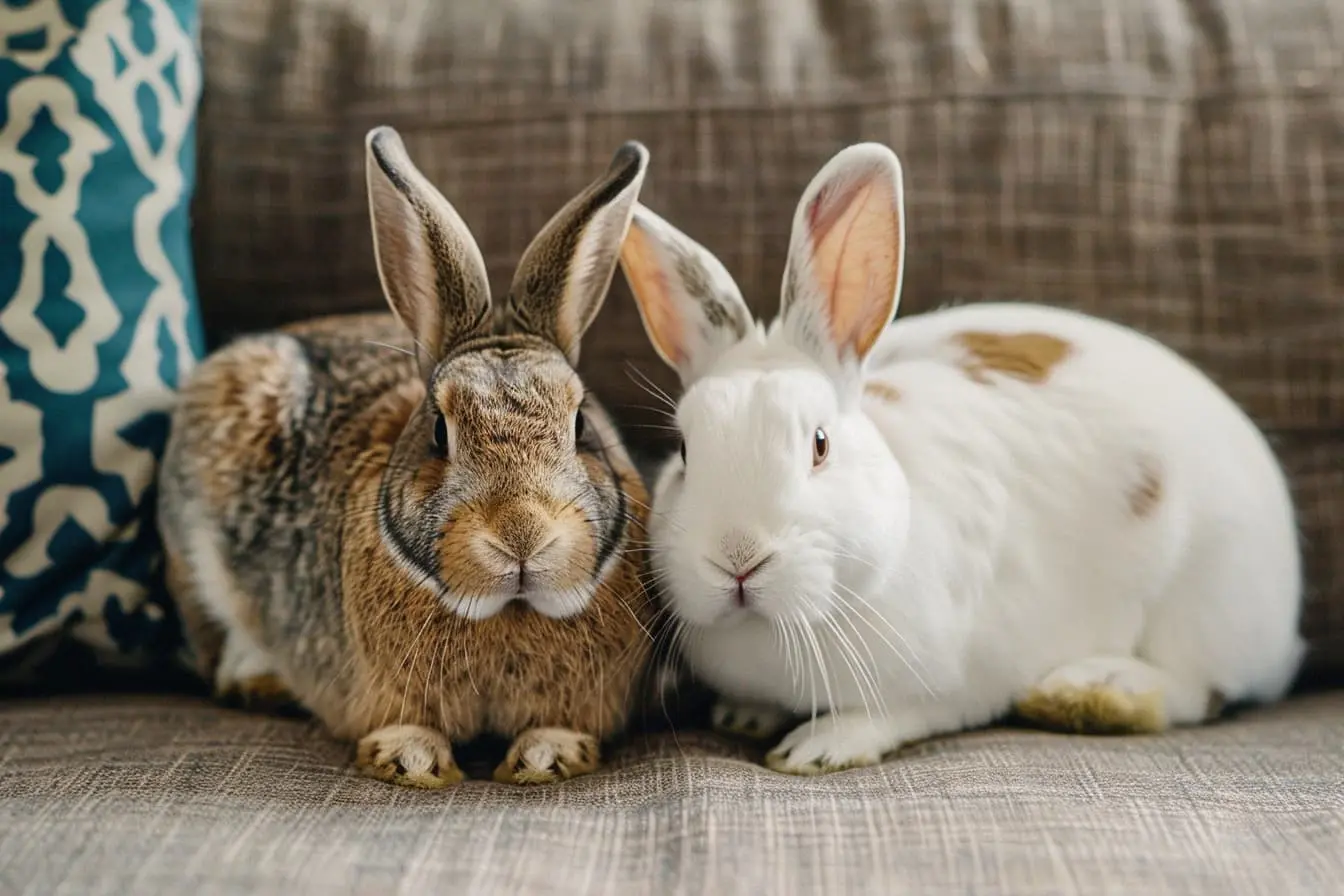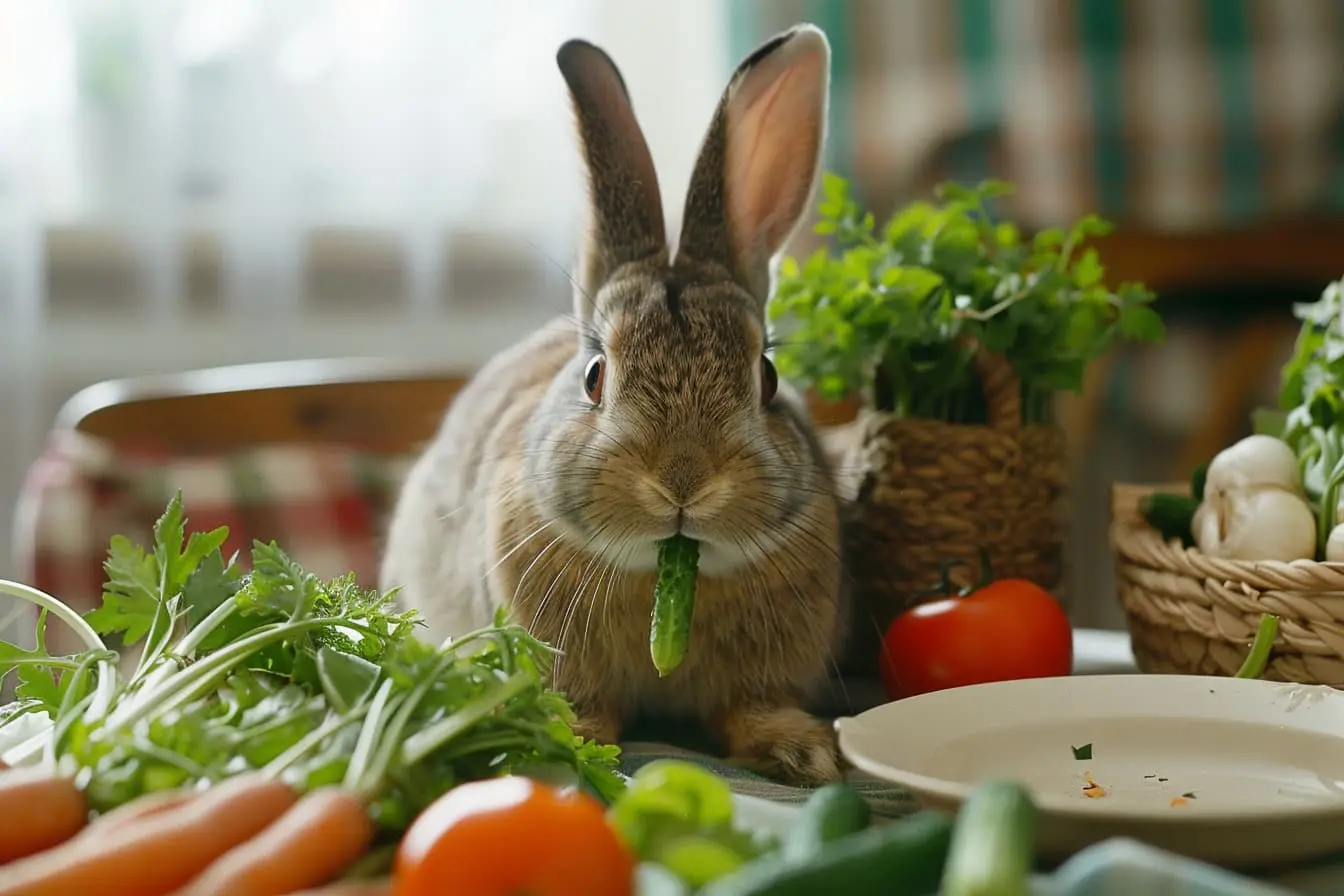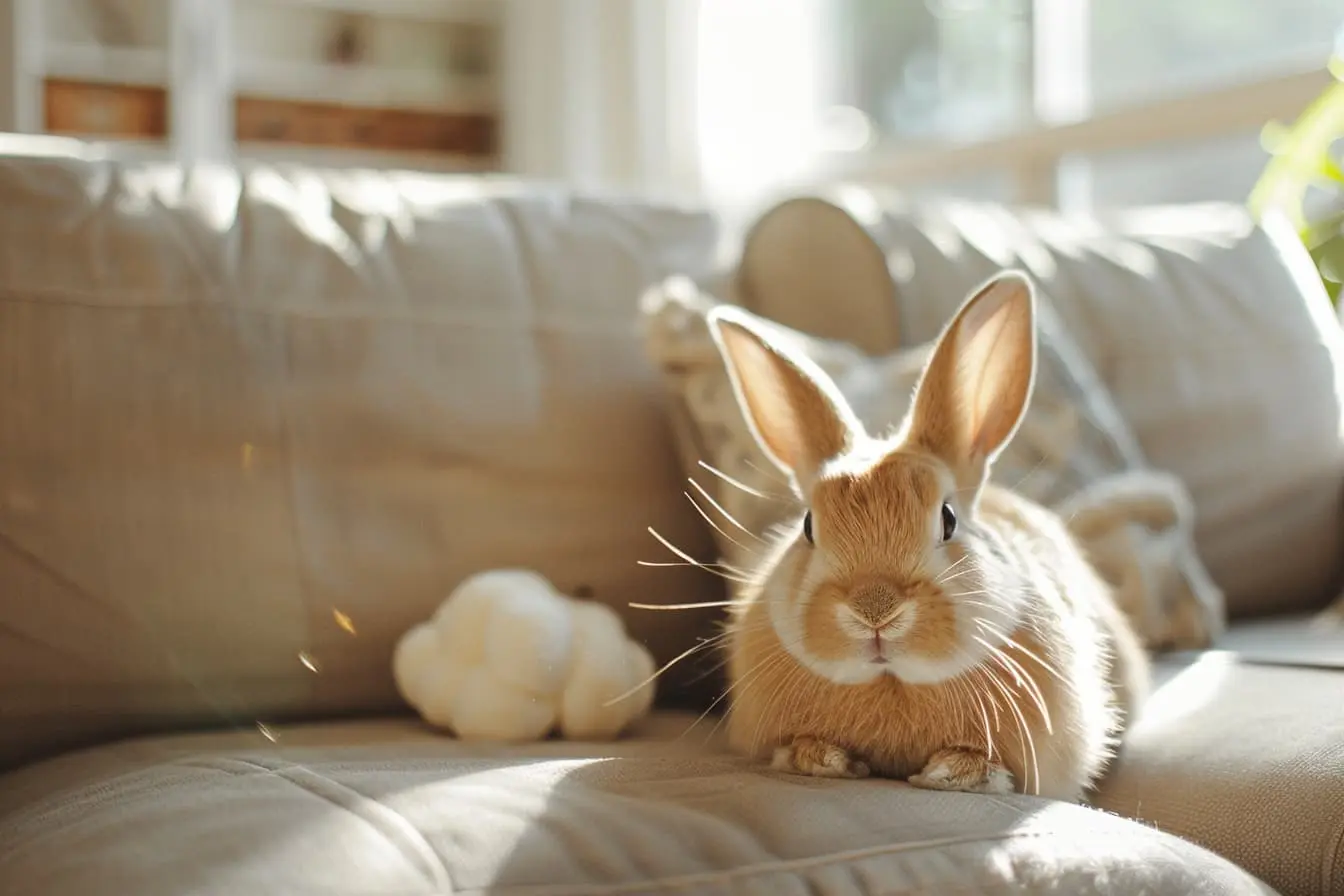
Bonding Rabbits: A Comprehensive Guide for Owners
Bonding rabbits can be a rewarding experience that enriches the lives of both the rabbits and their owners. Rabbits are inherently social animals, and having companions can significantly improve their happiness and well-being. However, introducing rabbits to each other must be done with care and patience, as the bonding process can be complex. This guide aims to provide rabbit owners with all the necessary information to successfully bond two or more rabbits.
Understanding Rabbit Bonding
Before beginning the bonding process, it's important to understand that not all rabbits will get along immediately. Their natural social structures in the wild influence their interactions. Rabbits can be territorial, and introductions must be handled delicately to prevent stress or aggression.
Pre-Bonding Preparations
-
Neuter or Spay Your Rabbits: Ensure all rabbits are neutered or spayed at least a few weeks before introducing them. This step reduces hormonal aggression and territorial behaviours, making the bonding process smoother.
-
Separate But Close: Initially, keep the rabbits in separate but adjacent spaces where they can see and smell each other without direct contact. This arrangement allows them to get used to each other's presence without the risk of fighting.
-
Swap Scents: Regularly swap bedding or toys between the rabbits to mix their scents. Familiarity with each other's scent helps in reducing territorial aggression.
The Stages of Bonding
Stage 1: First Contact
-
Neutral Territory: The first face-to-face meeting should take place in a neutral area where neither rabbit has previously spent time. This could be a bathroom or a hallway.
-
Supervision: Keep the sessions short (about 10-15 minutes) and closely supervise the rabbits. Look out for signs of aggression or fear.
-
Escape Routes: Ensure there are no tight spaces where a rabbit could trap another. Use barriers to separate them if necessary.
Stage 2: Increasing Interaction
-
Gradually Increase Time: As the rabbits become more comfortable with each other, gradually increase the length of their supervised meetings. Watch for positive signs such as mutual grooming, sitting close together, or lying down with relaxed body language.
-
Introduce Shared Resources: Begin to introduce shared resources like food bowls or toys during their meetings. This can encourage positive interactions but be prepared to intervene if it leads to competition or aggression.
-
Mix Their Environments: Start to mix their environments more significantly, such as swapping their living areas temporarily. This helps them get used to each other's scent in their own territory.
Stage 3: Co-habitation
-
Shared Living Space: Once the rabbits show consistent signs of getting along, such as grooming each other or cuddling, they can be moved to a shared living space.
-
Close Observation: Initially, they should be closely observed to ensure that they are getting along well in their new shared space. Any signs of regression in their relationship may require a step back in the process.
-
Permanent Housing: When the rabbits are comfortably sharing space, eating, and sleeping together without any signs of aggression for a prolonged period, they can be considered successfully bonded.
Tips for a Smooth Bonding Process
- Patience is Key: Rabbit bonding can take time, from a few days to several months. Be patient and let the rabbits set the pace.
- Stay Calm: Rabbits are sensitive to human emotions. Staying calm and positive can help make the bonding process smoother.
- Intervene Safely: If fights occur, use a spray bottle of water or a towel to safely separate the rabbits without using your hands to avoid bites.
- Seek Professional Help: If bonding proves particularly challenging, consider seeking advice from a rabbit-savvy vet or a professional rabbit behaviorist.
Conclusion
Bonding rabbits is a journey that requires patience, understanding, and careful observation. By following the steps outlined in this guide, rabbit owners can help ensure a successful bonding process, leading to a harmonious and happy life for their furry companions. Remember, the goal is to provide your rabbits with companionship and love, enriching their lives and yours.
Vets near you
Speciality vets
- Aquatics vet specialists
- Birds vet specialists
- Camelids vet specialists
- Cats vet specialists
- Cattle vet specialists
- Deer vet specialists
- Dogs vet specialists
- Equines vet specialists
- Exotic vet specialists
- Goats vet specialists
- Pigs vet specialists
- Poultry vet specialists
- Sheep vet specialists
- Small Mammals vet specialists
- Wild vet specialists



